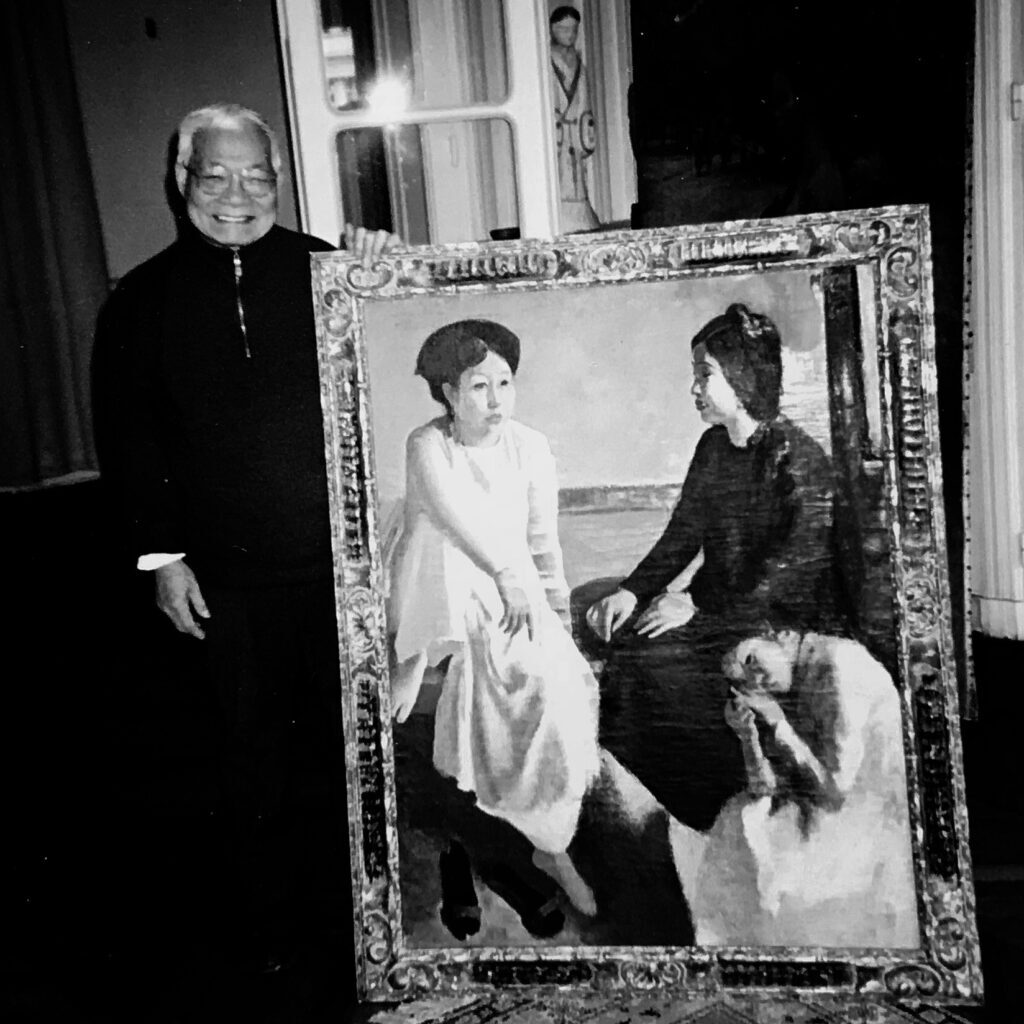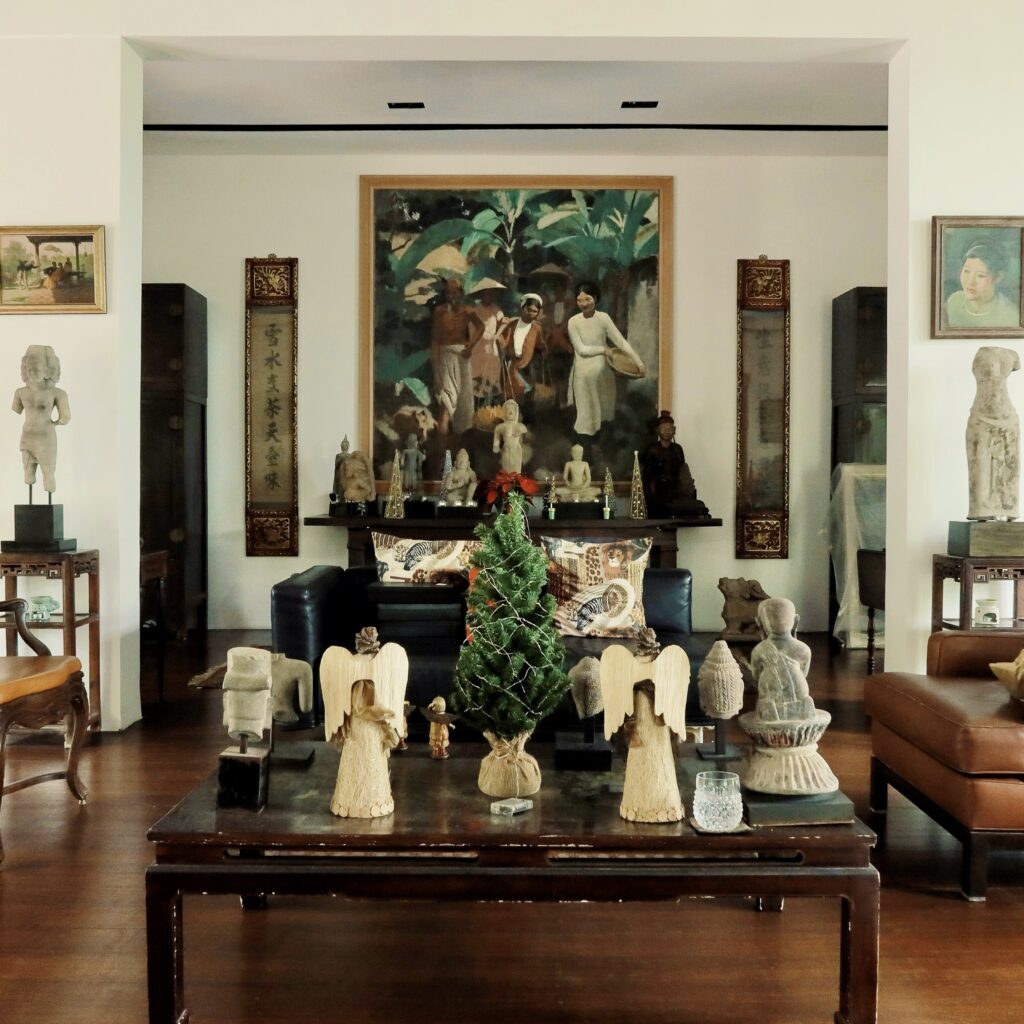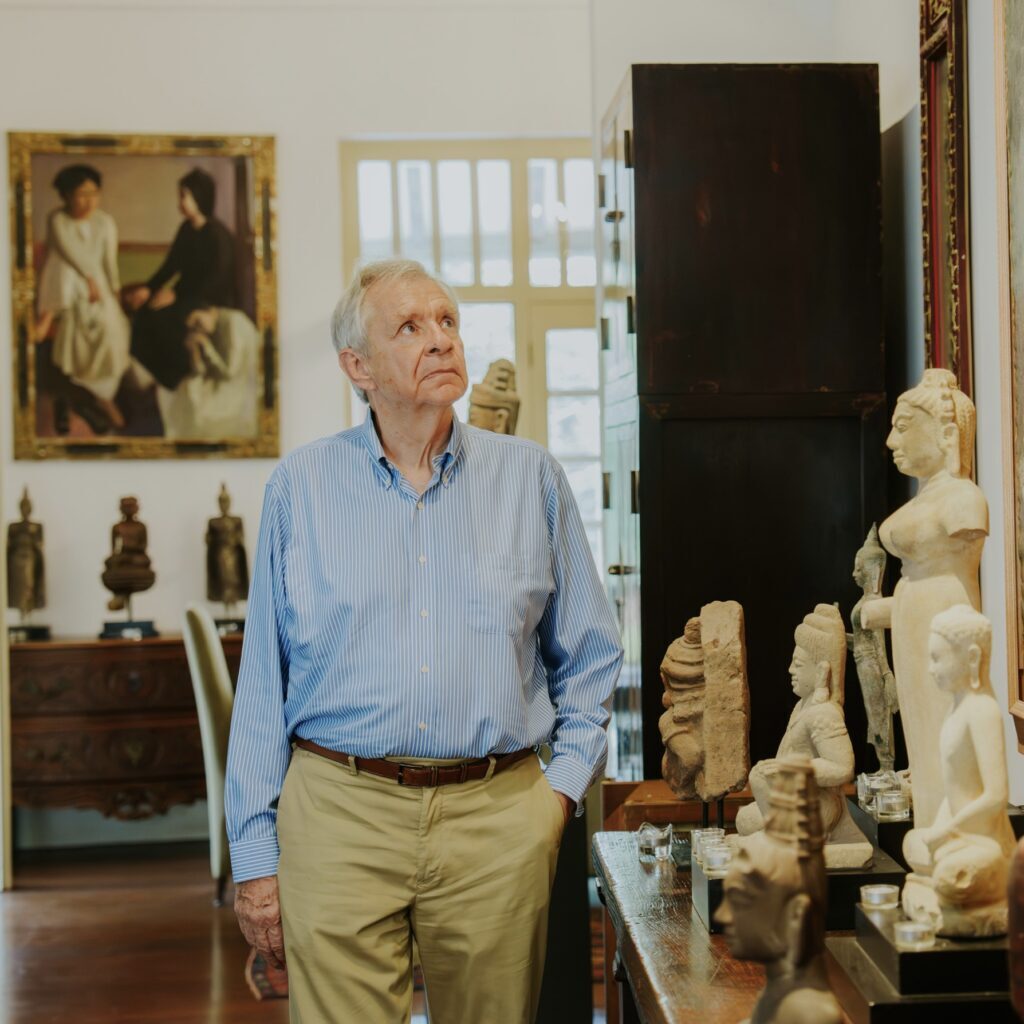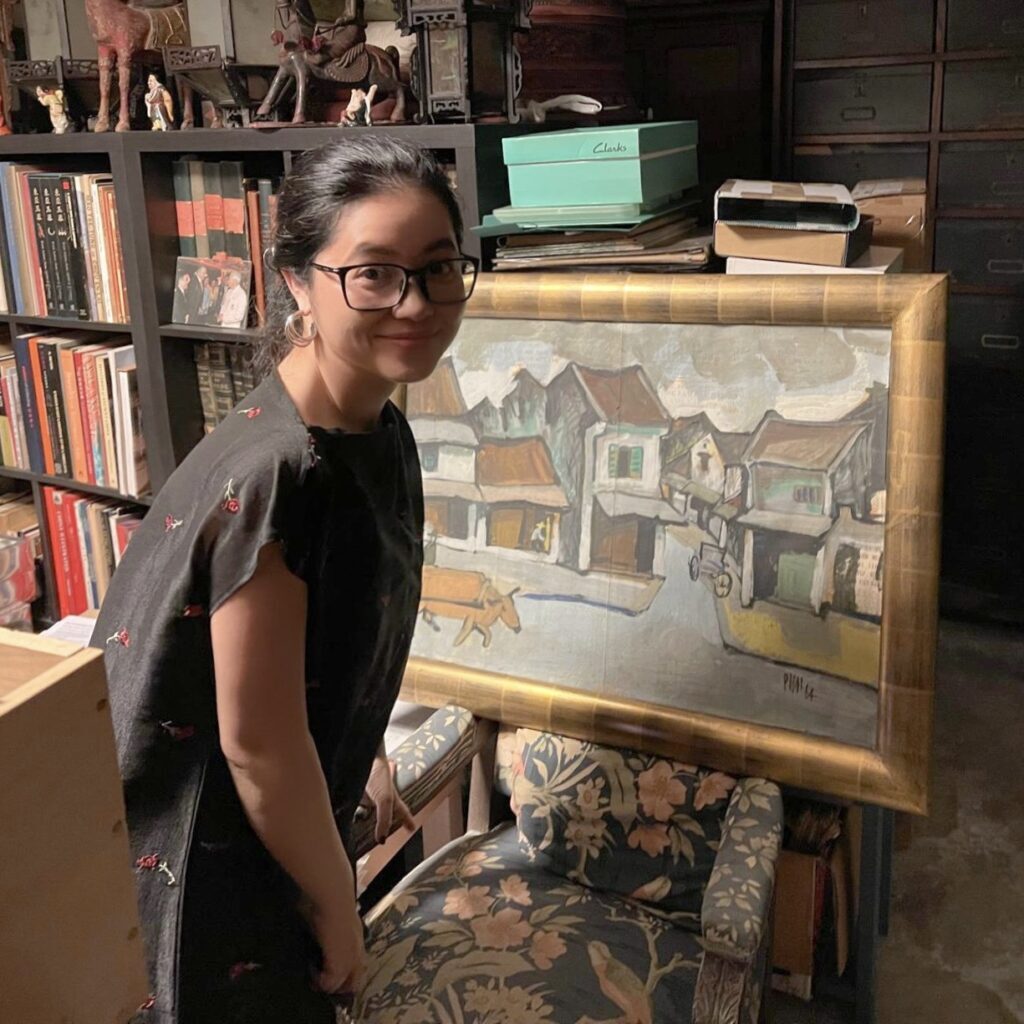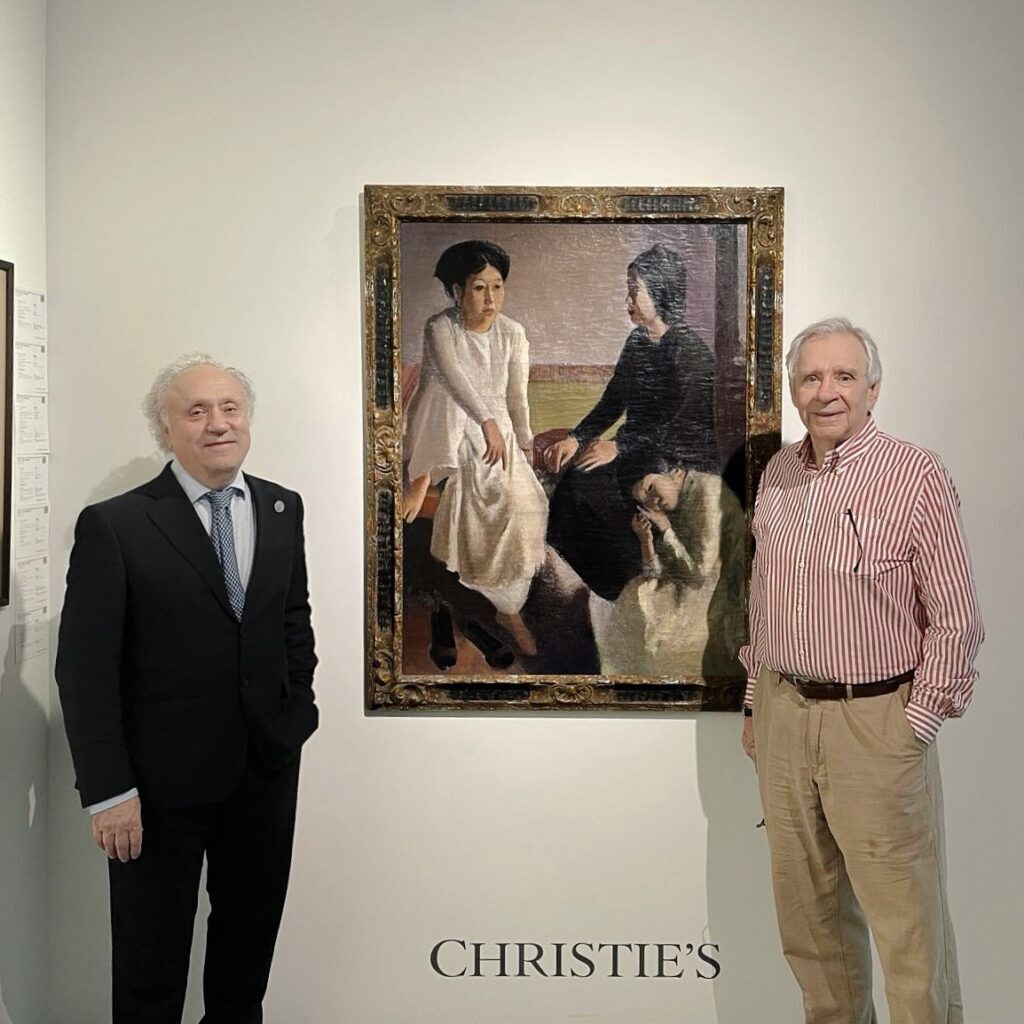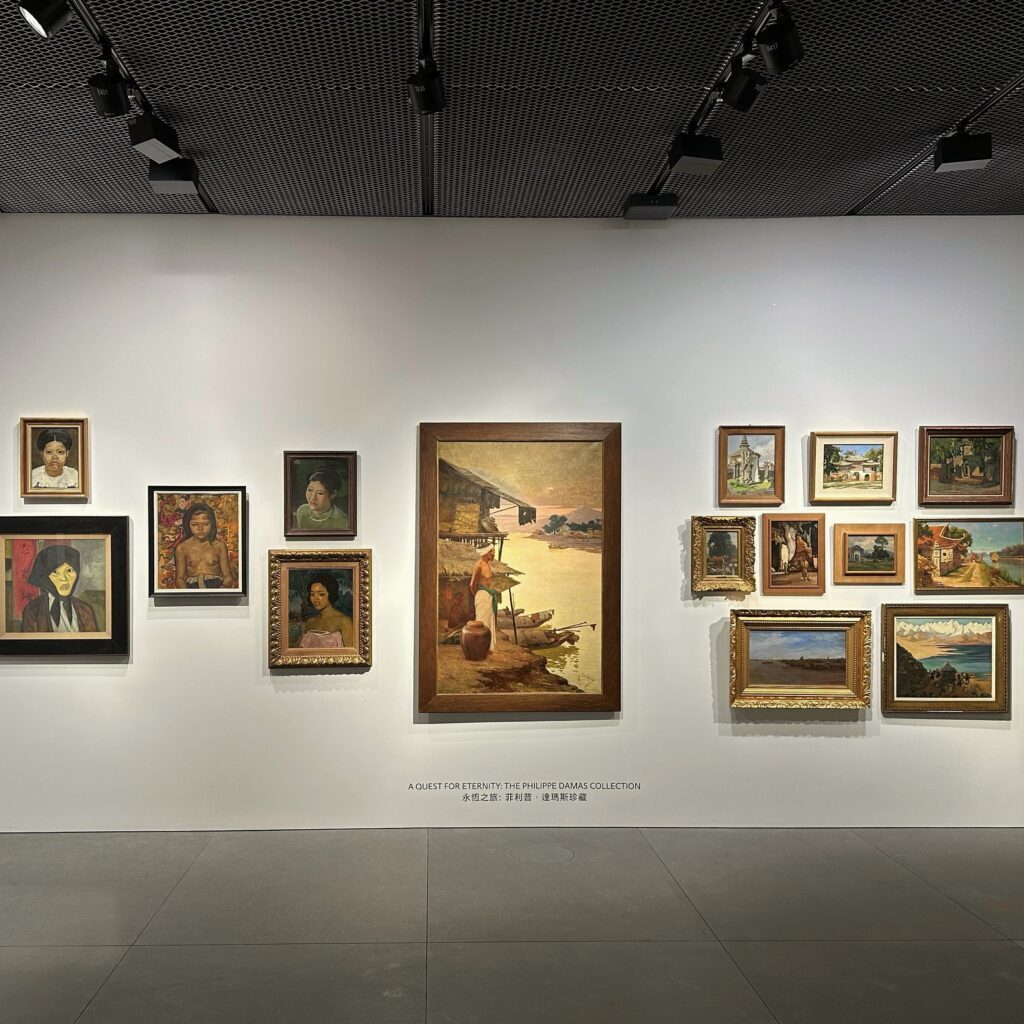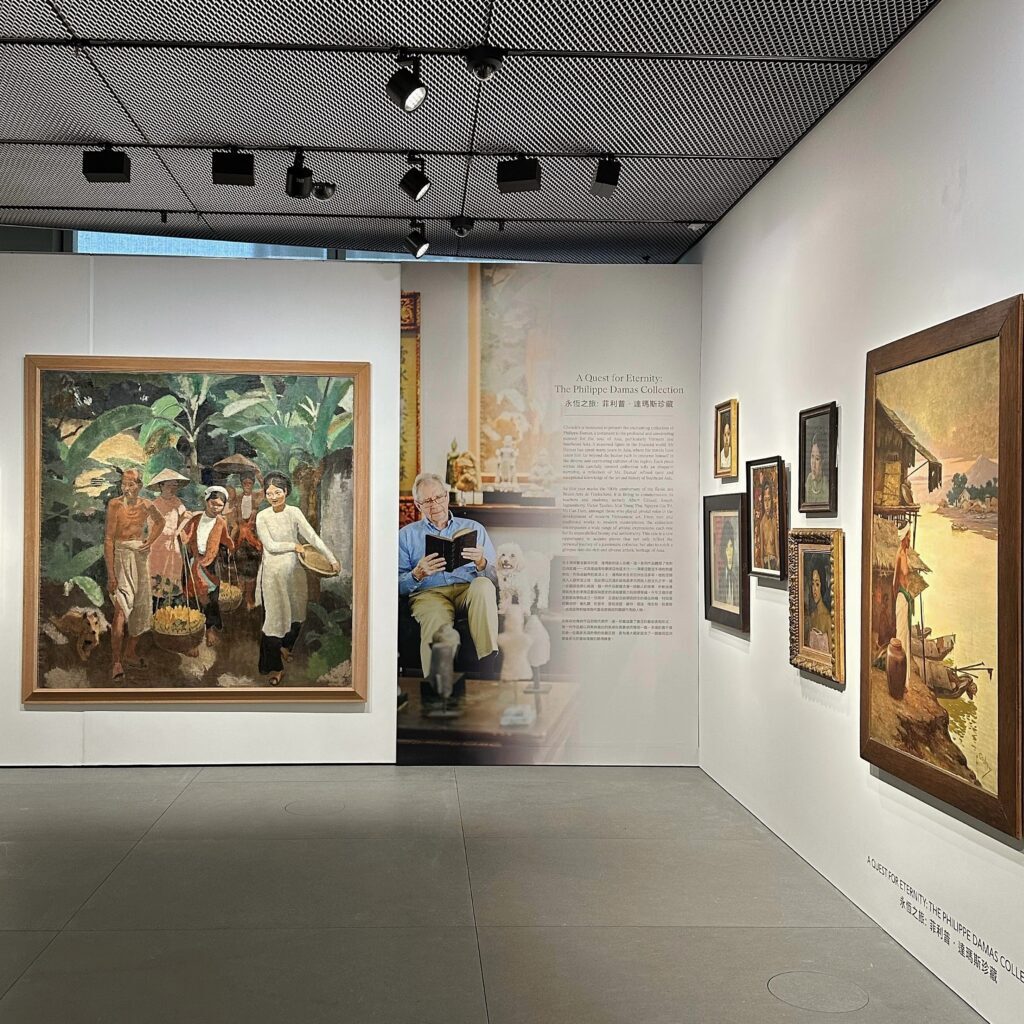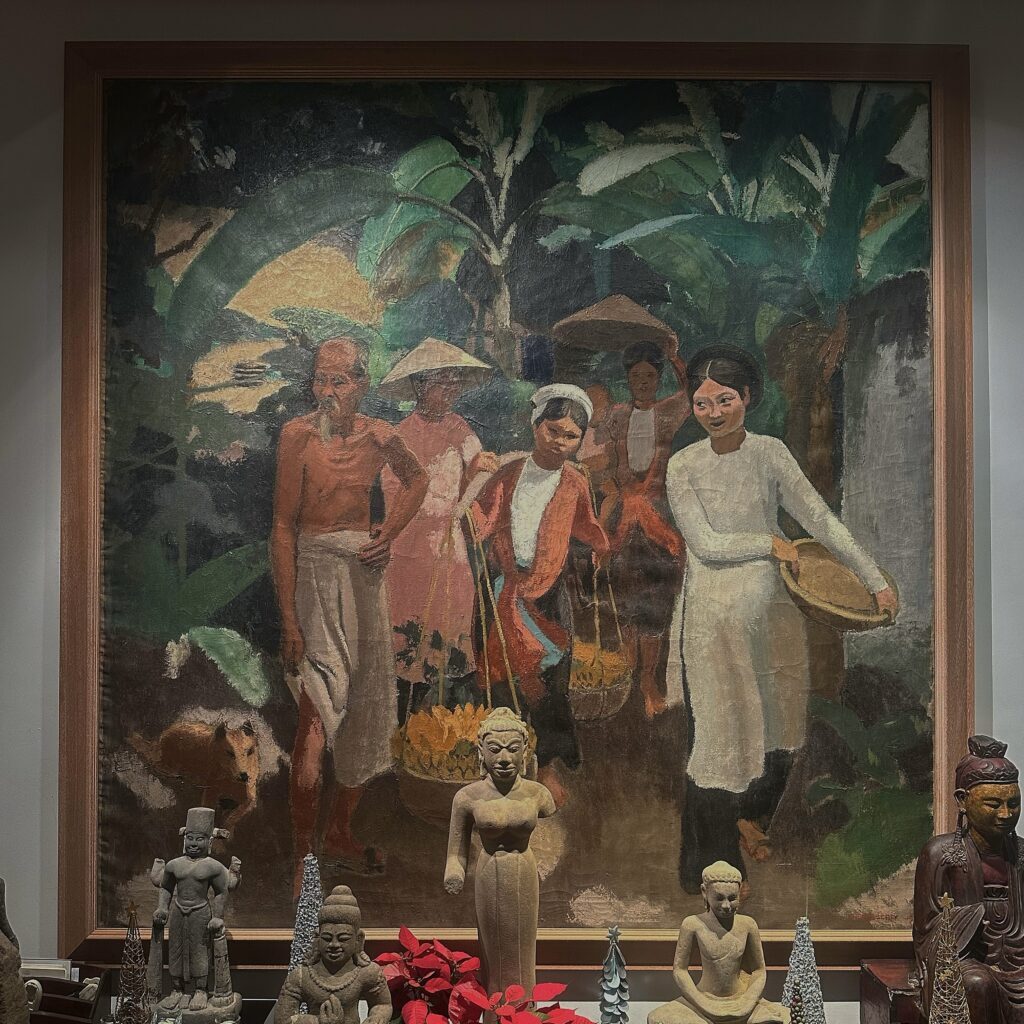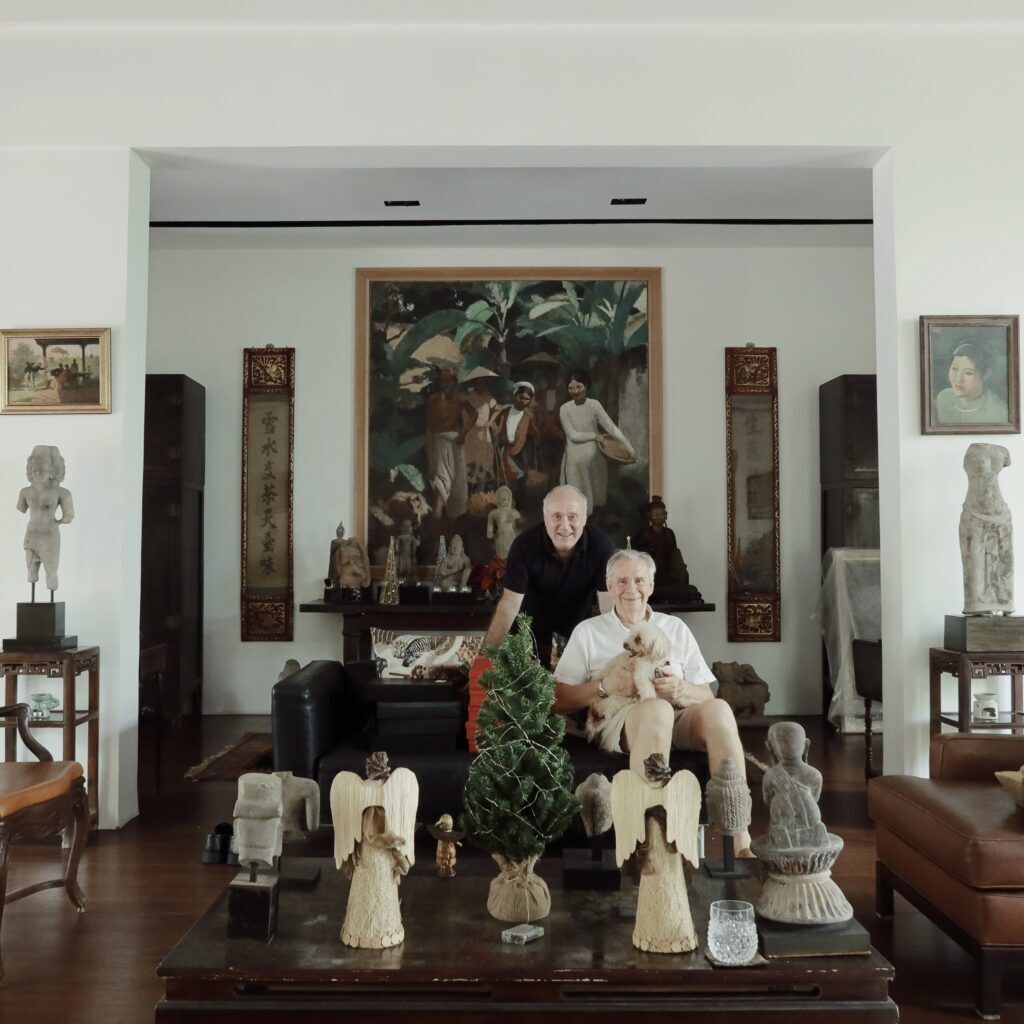To celebrate the centenary of the establishment of the School of Fine Arts of Indochina (1924-2024), Christie's Paris, associated with Printemps Asiatique Paris, presents, from 8 to 13 June 2024, a Vietnamese art exhibition "La colle du phénix et le fil de soie brisé: œuvres vietnamiennes majeures de la collection Melchior Dejouany" ("Phoenix Glue and Silk Thread: major Vietnamese works from Melchior Dejouany Collection") at Christie's Paris, 9 Avenue Matignon, Paris, France, with no fewer than nine artists, including Le Pho, Mai Trung Thu, Vu Cao Dam, Nguyen Gia Tri, Hoang Tich Chu, Luong Xuan Nhi, Nguyen Trung, Truong Be and Boi Tran.
The Indochina School of Fine Arts was founded in the fall of 1924 by two artists: Victor Tardieu (1870-1937), a French academic painter, and Nguyễn Vạn Thọ (known as Nam Sơn, 1890-1970), self-taught artist Vietnamese. These two educational artists shape a cultural encounter between the East and the West. It brings together traditional knowledge and processes from East Asia with European practices. These artistic universes and their associated techniques will, therefore, feed each other reciprocally.
The eleven works presented in the exhibition come from Melchior Dejouany's personal collection that he has built up over the last ten years. In 2012, he discovered a Vietnamese lacquerware created by the artist Boi Tran. He has since become passionate about Vietnamese art, the diversity of its techniques and the richness of its subjects, striving to bring together a collection representing 100 years of Vietnamese art (1920-2020) between lacquer, painting on silk, drawings, oil on canvas and sculpture.
“Despite the tormented history of Vietnam in the 20th century, it is an incredible delicacy, technical mastery and ode to the beauty that emerges from these works”, comments Melchior Dejouany.
The teaching provided by the Hanoi School of Fine Arts allows artists to free themselves from the rules to better make them their own. Thus, Luong Xuan Nhi's reputation is based on graceful female portraits where realism, romanticism, tradition and modernity combined. As this Portrait of a Lady from 1939 attests, the artist, also nicknamed Master of the Color Green, perfectly mastered the secrets of oil painting while dressing his model in traditional clothing. Awarded in 1936 by the Society for the Encouragement of Art and Industry, Luong Xuan Nhi taught for nearly 25 years at the Indochina School of Fine Arts.
Vu Cao Dam is one of the Vietnamese artists whose talent has quickly established itself in France. First noticed for his sculptures, Vu Cao Dam sees in plaster, clay, bronze or rock the opportunity to explore new techniques while remaining faithful to his roots. This Head of a Woman with Asian Features, terracotta from 1939, reveals soft and expressive modelling simultaneously. Following his teaching at the School of Hanoi, once settled in France, Vu Cao Dam also followed that of the Ecole du Louvre, which was decisive in his artistic approach and led him to develop his pictorial technique. Most of his paintings combine the influences of impressionism and post-impressionism – he was close to Chagall – with the cultural heritage of his country of origin. In fact, many of his works are inspired by scenes from the 19th-century epic poem The Tale of Kieu, an imagination known to all Vietnamese capable of discovering the subtext present in his works, notably here in The Departure (1953, ill.p.1).
The exhibition will also feature majestic lacquer panels by Hoang Tich Chu, Nguyen Trung, Truong Be and Boi Tran. Like many other artists, they were trained in the ancestral art of lacquer in the workshop founded by Joseph Inguimberty within the School of Fine Arts of Indochina. Going beyond the lessons of his masters, Nguyên Gia Trí is one of the major representatives of this art. With its palette of reds, ocher, amber brown and gold, it stands out with Vietnamese landscapes made of lush gardens with refined details. In Perfection or Women and Gardens of Vietnam, the artist favours material effects, lively drawing and spontaneous gestures.
Lê Phô is perhaps one of those who best embodies the syncretism between the West and the Far East. He chose to keep silk as a support while making it his own, the different artistic influences he witnessed in France. The bathing, dated 1938 (ill. p.1), testifies to the constant evolution of his painting. His poetic universe readily approaches that of Bonnard, whom he deeply admired. The viewer must thus grasp the captivating grace of the women, their sensuality within the masses constructed with matte tones of gouache; while its vaporous touch also evokes the paintings of Odilon Redon. With The Philosopher (1956), painted almost twenty years later, shapes and characters merge and tend towards abstraction.
Press Release: Christie's


